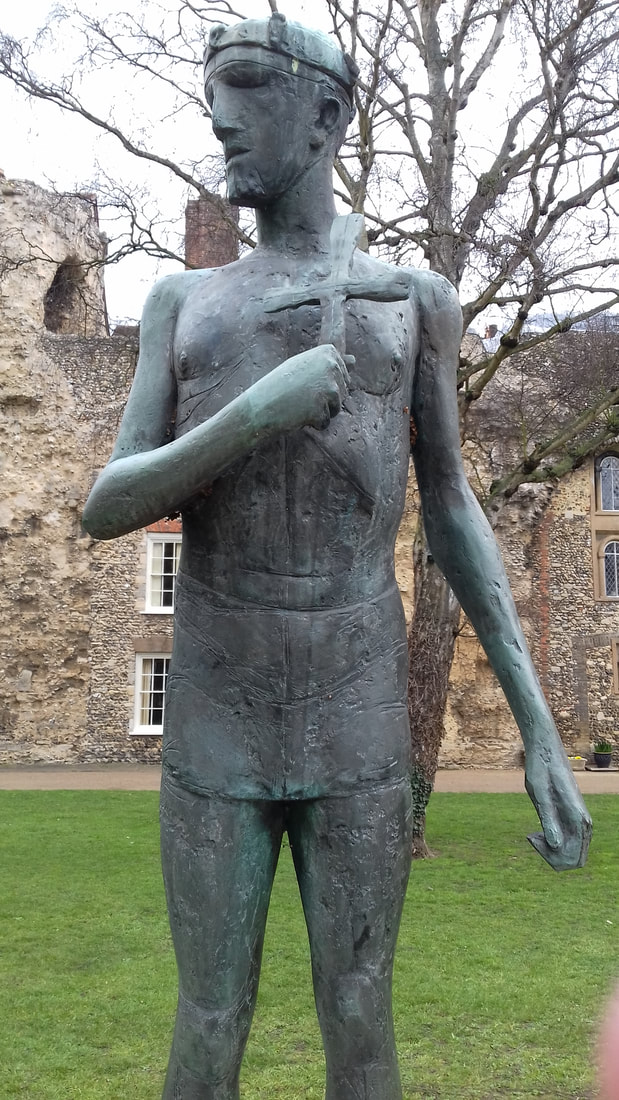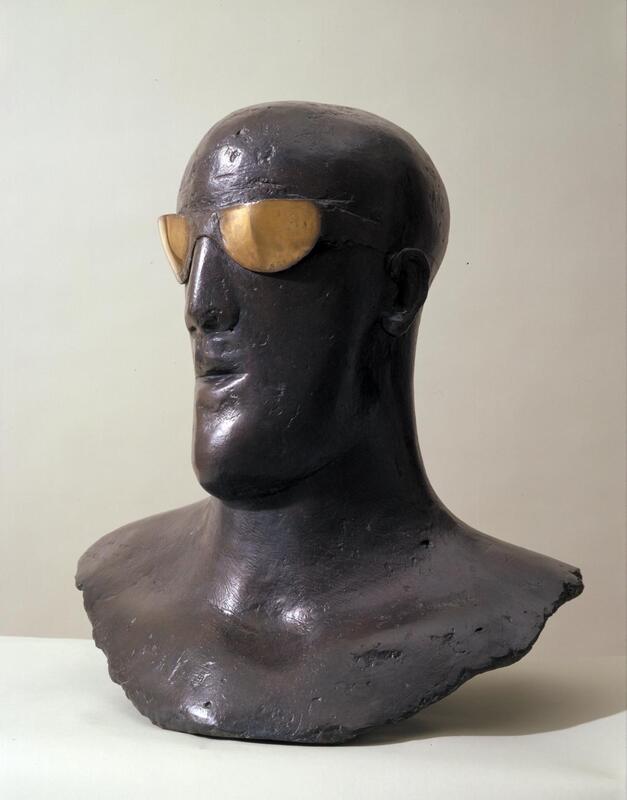|
All authors draw on a wide range of inspirations when creating their stories, such as real-life experiences, places they have visited, concerns about the world and society, books they have read. For me, visual art has always inspired and influenced my writing. I cannot claim to be an expert in art history, and as much as I enjoy sketching my artistic skills are limited at best, but I find it an endlessly absorbing subject and a way of finding different perspectives on the world. By offering us a safe space to consider and explore feelings and fears we otherwise feel uncomfortable in confronting, art can help us all feel a little less alone in this world.
In this blog series, I am going to focus on four artists who have been particularly important to me and my creative work: Ian Miller, Elisabeth Frink, Paul Nash and Alfred Wallis. In this post, I am going to discuss the work of sculptor Elisabeth Frink. I first encountered the work of Dame Elisabeth Frink (1930-1993) in Bury St Edmunds in my home county of Suffolk. In the grounds of St Edmundsbury Cathedral stands a bronze statue of Edmund, a ninth century king of East Anglia.
After being defeated in battle by the Great Viking army, tradition says Edmund refused his enemies’ demand to renounce Christ and so was beaten, shot through with arrows and beheaded. Legend tells the Vikings threw Edmund’s severed head into the forest, but it was retrieved by those loyal to the king when they followed the cries of a mysterious wolf.
Frink’s statue shows King Edmund as a young man, a cross clasped in his hand. This is not a caricature of a warrior or a king – there is pride in Edmund’s face but a sense of vulnerability, his slender body is fragile. Frink’s Edmund is a king, a saint, a martyr, but still a human being. This combination of history, myth and human frailty seems to be present throughout much of Frink’s art. Born in Suffolk, Elisabeth Frink studied at the Guildford School of Art and was part of a post-war group of British sculptors, known as the Geometry of Fear School. Frink’s sculptures often depict men, birds, dogs and horses. My favourite work by Frink is Bird (1952). A few years ago I was lucky enough to visit the Tate St Ives, and of all the wonderful paintings and sculptures in the gallery, Bird stopped me in my tracks – with its alert, menacing stance and fierce beak, it seem to be an archetype of the hard tooth and claw of nature. Bird seems to channel a sense of ancient elemental forces, almost like a deity, a ferocious god demanding propitiation.
When writing my current novel, Second Sun, I was very taken by Frink’s goggle head sculptures; shaped by Frink’s interest in themes of masculine aggression, their sense of faceless authority very much shaped the look of the Shades, the cold, impersonal police force of my story. The goggle head sculptures avoid eye contact, concealed behind polished headgear – they are dehumanised and offer a threat that cannot be reasoned with.
I’m still learning more about Elisabeth Frink’s art, and I’m sure her work will remain enigmatic, unsettling and continually inspiring.
Part 1 - Ian Miller Part 2 - Alfred Wallis Part 4 - Paul Nash
If you’re interested in my writing, you can get the ebook version of my first novel - The Map of the Known World – for FREE. Please see the following Kindle preview:
1 Comment
|
Archives
October 2023
Categories
All
|



 RSS Feed
RSS Feed